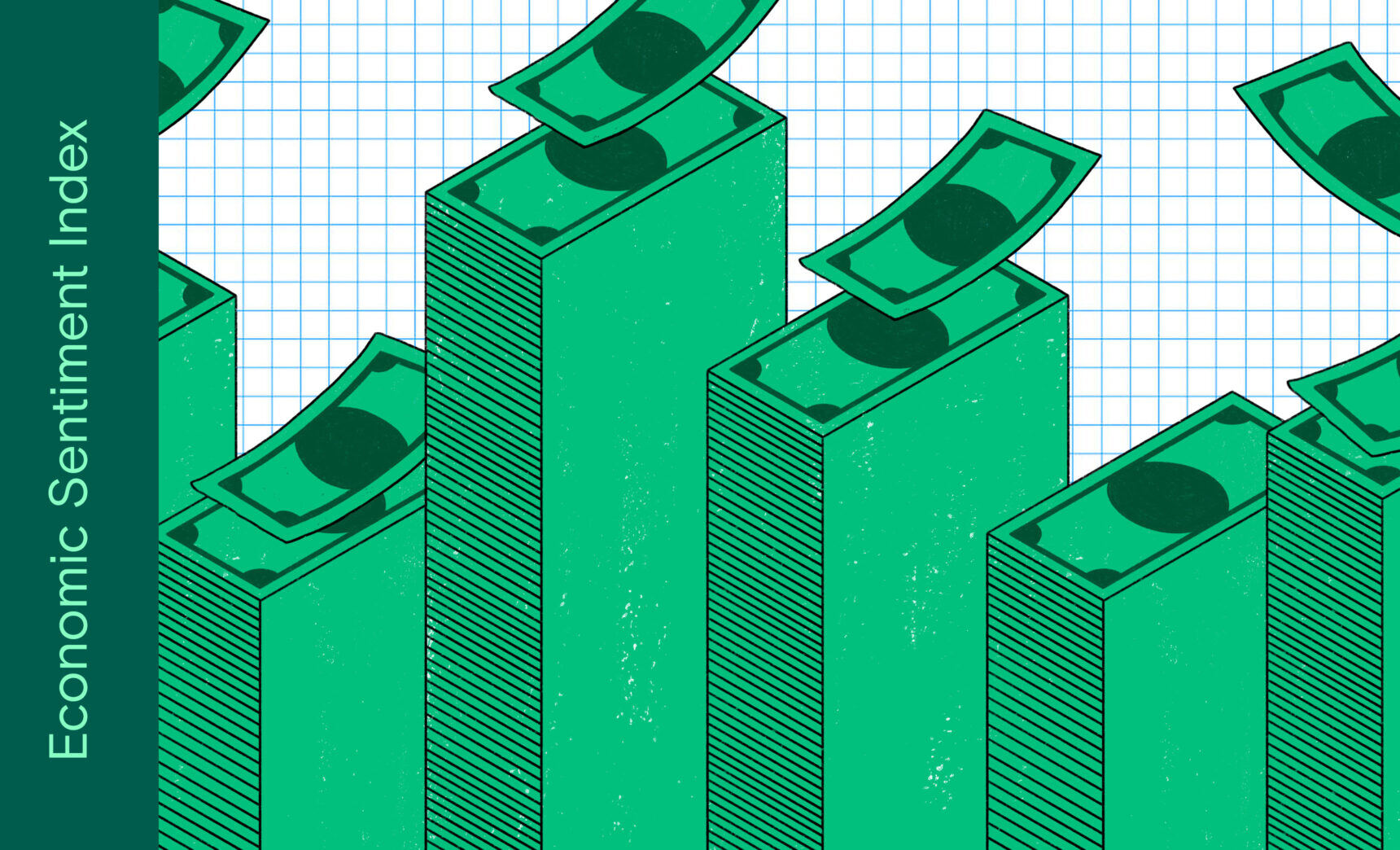
The latest biweekly reading of the Penta-CivicScience Economic Sentiment Index (ESI) decreased by 0.1 points from 34.4 to 34.3. This decrease was driven by a decline in confidence in the U.S. economy, which experienced its largest fall since February 2025.
.

Two of the ESI’s five indicators decreased during this period. Confidence in the overall U.S. economy decreased the most, falling 2.5 points to 34.5.
—Confidence in buying a new home decreased 0.2 points to 25.4.
—Confidence in major purchases increased 0.3 points to 26.6.
—Confidence in finding a new job increased 0.6 points to 32.2.
—Confidence in personal finances increased 1.3 points to 52.8.
On July 23, Japan and the U.S. established a trade deal mandating reciprocal 15 percent tariffs. Japan also pledged $550 billion in investment in the United States. The agreement is part of a broader U.S. effort to finalize bilateral deals before the pause on President Donald Trump’s worldwide, “reciprocal” tariffs ends on August 1. Last week, the White House announced details of its trade agreement with Indonesia, specifying that imports from the country will face a 19 percent tariff and a 40 percent tariff on goods largely made with materials or components from other nations. In exchange, the majority of U.S. goods exported will not face any levies, and Indonesia agreed to lift various trade barriers currently in place. The U.S. also reached a trade deal with the Philippines which will impose a 19 percent tariff on imports from the country.
Additionally, on July 27, the U.S. announced a trade deal with the EU. Under the U.S.–EU agreement, a 15 percent tariff will apply to most European imports, reduced from the initially threatened 30 percent. In return, the United States committed to $750 billion in energy purchases, while the EU agreed to invest $600 billion in the United States, including in military equipment. Steel and aluminum imports from the EU will remain subject to a 50 percent tariff. Certain imports, including aircrafts, semiconductor equipment, and select pharmaceuticals are exempt from tariffs. While financial markets have responded positively and some observers credit the deals with preventing a trade war, critics in Europe have expressed concern about inflation risks and argue that the agreements create an uneven playing field tilted in favor of the United States.
The Commerce Department released June retail sales data which found that retail and food sales totaled $720.1 billion, marking a greater-than-expected 0.6 percent increase from the previous month, and a 3.9 percent increase from June 2024. Total sales from April to June 2025 increased 4.1 percent from the same period last year. Broken down by kind of business, retail trade sales increased 0.6 percent from May and 3.5 percent from the previous year. Nonstore retail sales grew 4.5 percent from the previous year, while food sales increased 6.6 percent.
Sales of new single-family homes rose 0.6 percent in June to a seasonally adjusted annual rate of 627,000 units, according to the U.S. Census Bureau and the Department of Housing and Urban Development. While the data does show an increase in new home sales, the increase fell short of economists’ expectations, with higher mortgage rates pushing inventory to levels last seen in late 2007. Meanwhile, data from the National Association of Realtors (NAR) showed that sales of existing homes decreased 2.7 percent in June, with the median existing-home price for the month rising 2 percent year-over-year to $435,300, its highest level ever.

The ESI’s three-day moving average began the two-week stretch at 35.3 on July 16. It then decreased, falling to a low of 32.9 on July 21 before trending up to a high of 35.5 on July 28. Finally, the three-day moving average fell to 33.8 on July 29 to close out the session.

The next release of the ESI will be on Wednesday, August 13, 2025.